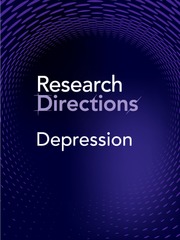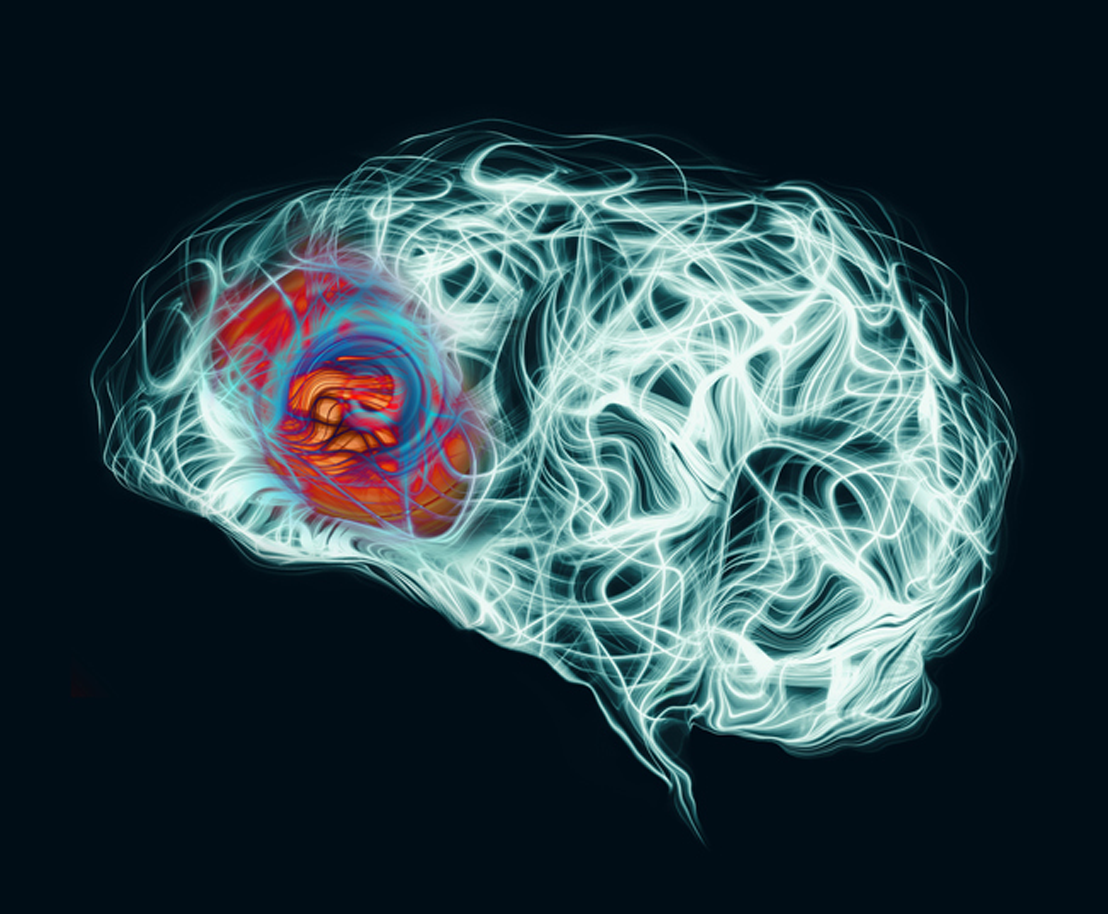Context
The field of therapeutic interventions available for depression and other mood disorders has been radically transformed over the last decade by the introduction of a range of new brain stimulation therapies. There is strong professional and public interest in the relative efficacy, and side effect profiles, of these approaches compared with conventional pharmacotherapy and older methods such as electro-convulsive therapy (Brunoni et al., Reference Brunoni, Ekhtiari, Antal, Auvichayapat, Baeken, Benseñor, Bikson, Boggio, Borroni, Brighina, Brunelin, Carvalho, Caumo, Ciechanski, Charvet, Clark, Cohen Kadosh, Cotelli, Datta, Deng, De Raedt, De Ridder, Fitzgerald, Floel, Frohlich, George, Ghobadi-Azbari, Goerigk, Hamilton, Jaberzadeh, Hoy, Kidgell, Zonoozi, Kirton, Laureys, Lavidor, Lee, Leite, Lisanby, Loo, Martin, Miniussi, Mondino, Monte-Silva, Morales-Quezada, Nitsche, Okano, Oliveira, Onarheim, Pacheco-Barrios, Padberg, Nakamura-Palacios, Palm, Paulus, Plewnia, Priori, Rajji, Razza, Rehn, Ruffini, Schellhorn, Zare-Bidoky, Simis, Skorupinski, Suen, Thibaut, Valiengo, Vanderhasselt, Vanneste, Venkatasubramanian, Violante, Wexler, Woods and Fregni2022; Fitzgerald, Reference Fitzgerald2021; Fitzgerald et al., Reference Fitzgerald, George and Pridmore2022).
While repetitive transcranial magnetic stimulation (rTMS) has had the widest application in clinical practice, the opportunities for both a range of new therapies and much more personalized delivery of current therapies (guided by brain imaging or other brain circuitry-based techniques) are considerable. The extent to which such highly personalized approaches are necessary to achieve optimal outcomes remains controversial. Whether targeting different brain circuits, via different points of application across various scalp regions, leads to better resolution of specific aspects of depressive syndromes (e.g., obsessional or ruminative phenomena vs other depressive features) is an active area of debate. The capacity of brain stimulation therapies to be personalized in other domains – for example frequency, with the determination of stimulation parameters based on recording of individual oscillatory frequencies – is also being increasingly explored.
The delineation of which subgroups of those affected, or those who have not responded to other treatments, are likely to respond best to these approaches also remains a major challenge. Is it likely that those who are younger, less treatment-resistant, and with more atypical profiles have better responses? Do those with bipolar or circadian-type syndromes respond preferentially to these techniques? Is the profile similar to those who had previously responded preferentially to ECT (namely, psychomotor changes or psychotic phenomena)?
Additionally, the time course of effects (particularly compared with other novel pharmacotherapies such as ketamine and psychedelics) and the relative impacts on different syndromal profiles (e.g., depressive symptoms, cognitive function, functional recovery) remain very active areas for clinical research. Compared with older techniques such as ECT, and agents such as ketamine, the onset of therapeutic benefits appears slower, more cumulative and with greater effect on aspects like cognitive recovery. Do these clinical observations suggest that the effects are mediated more by neurogenerative processes rather than more immediate neurochemical pathways? In addition, the proof of concept for “accelerated” approaches to rTMS, capable of producing effects even more rapidly than ECT has been demonstrated, raising questions of mechanism of action and options for clinical application.
Following on from the considerable success of direct brain stimulation techniques in the treatment of conditions like Parkinson’s disease, there is also a renewed interest in surgically-guided direct brain stimulation procedures. While these invasive techniques may carry considerable risk and limited application, they have also led to a new phase of development in methods for matching information derived directly from an individual with the delivery of targeted interventions.
Another aspect of these developments has been the keen public interest in methods (such as Transcranial Direct Current Stimulation – tDCS) that carry very low risk and can potentially be delivered easily in home-based environments and under the direct control of affected individuals. The efficacy of such techniques for more significant depressive syndromes remains controversial.
As this is such an active area of clinical therapeutic and neurobiological research, there is an urgent need to clarify its place in the range of therapeutic options available to those with depressive and other mood disorders. Further, there is the need to ensure the standardization of methods across different research centres and modalities for assessing brain and clinical responses (Belardinelli et al., Reference Belardinelli, Biabani, Blumberger, Bortoletto, Casarotto, David, Desideri, Etkin, Ferrarelli, Fitzgerald, Fornito, Gordon, Gosseries, Harquel, Julkunen, Keller, Kimiskidis, Lioumis, Miniussi, Rosanova, Rossi, Sarasso, Wu, Zrenner, Daskalakis, Rogasch, Massimini, Ziemann and Ilmoniemi2019). As many such approaches also lie outside the scope of traditional regulatory authorities (most notably focused on pharmacological rather than physical therapies) and may be delivered in a variety of either supervised or home-delivered environments, new approaches to integration into our health care systems are likely to be required.
How to contribute to this Question
If you believe you can contribute to answering this Question with your research outputs find out how to submit in the Instructions for authors (https://www.cambridge.org/core/journals/research-directions-depression/information/author-instructions/preparing-your-materials). This journal publishes Results, Analyses, Impact papers and additional content such as preprints and “grey literature.” Questions will be closed when the editors agree that enough has been published to answer the Question so before submitting, check if this is still an active Question. If it is closed, another relevant Question may be currently open, so do review all the open Questions in your field. For any further queries check the information pages (https://www.cambridge.org/core/journals/research-directions-depression/information) or contact this email (depression@cambridge.org).
Competing interests
IBH is the Co-Director of Health and Policy at the Brain and Mind Centre (BMC) University of Sydney. The BMC operates an early-intervention youth services at Camperdown under contract to headspace. He is the Chief Scientific Advisor to, and a 3.2% equity shareholder in, InnoWell Pty Ltd which aims to transform mental health services through the use of innovative technologies. EMS is the Discipline Leader of Adult Mental Health, School of Medicine, University of Notre Dame; Research Affiliate, The University of Sydney; and Consultant Psychiatrist. She has received honoraria for educational seminars related to the clinical management of depressive disorders supported by Servier and Eli-Lilly pharmaceuticals. She has participated in a national advisory board for the antidepressant compound Pristiq, manufactured by Pfizer. She was the National Coordinator of an antidepressant trial sponsored by Servier. In the last 3 years, PBF has received equipment for research from Neurosoft, Nexstim and Brainsway Ltd. He has served on scientific advisory boards for Magstim and LivaNova and received speaker fees from Otsuka. He has also acted as a founder and board member for TMS Clinics Australia and Resonance Therapeutics. PBF is supported by a National Health and Medical Research Council of Australia Investigator grant (1193596).





